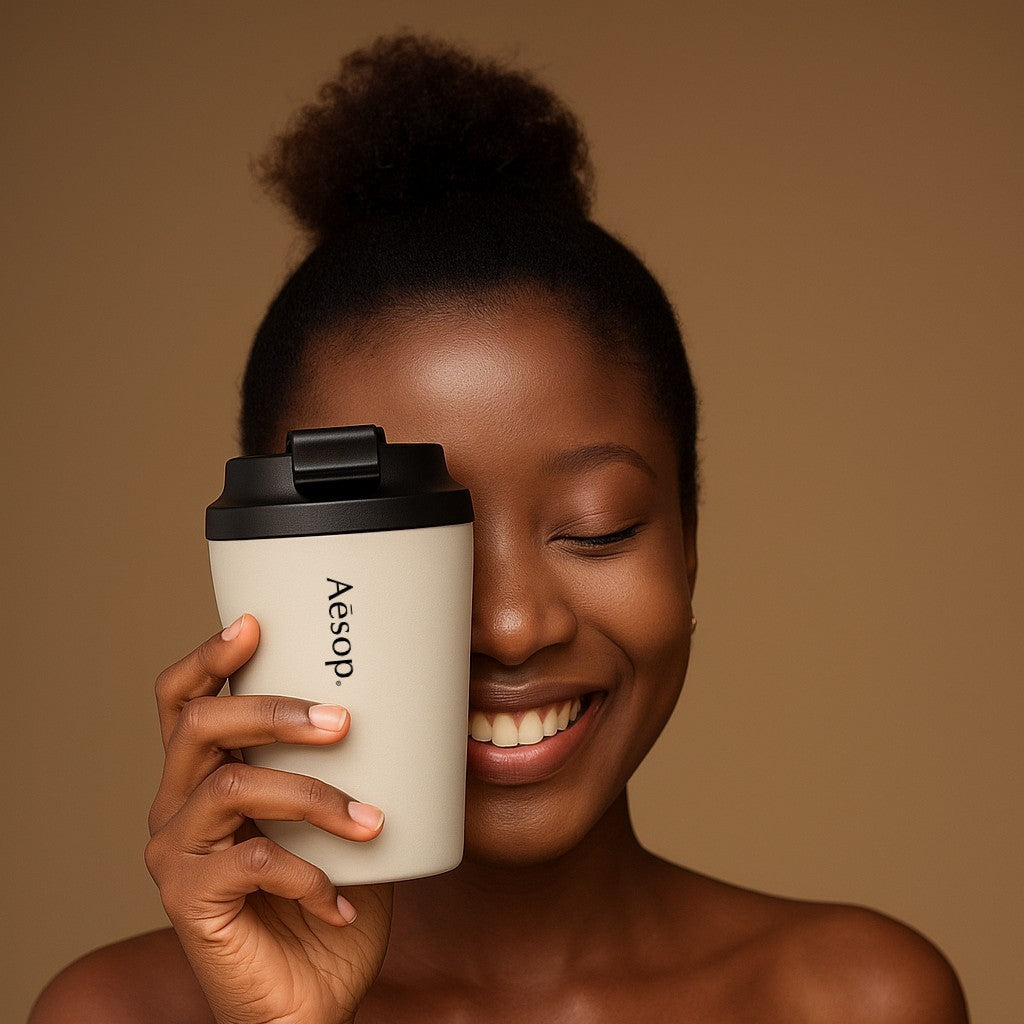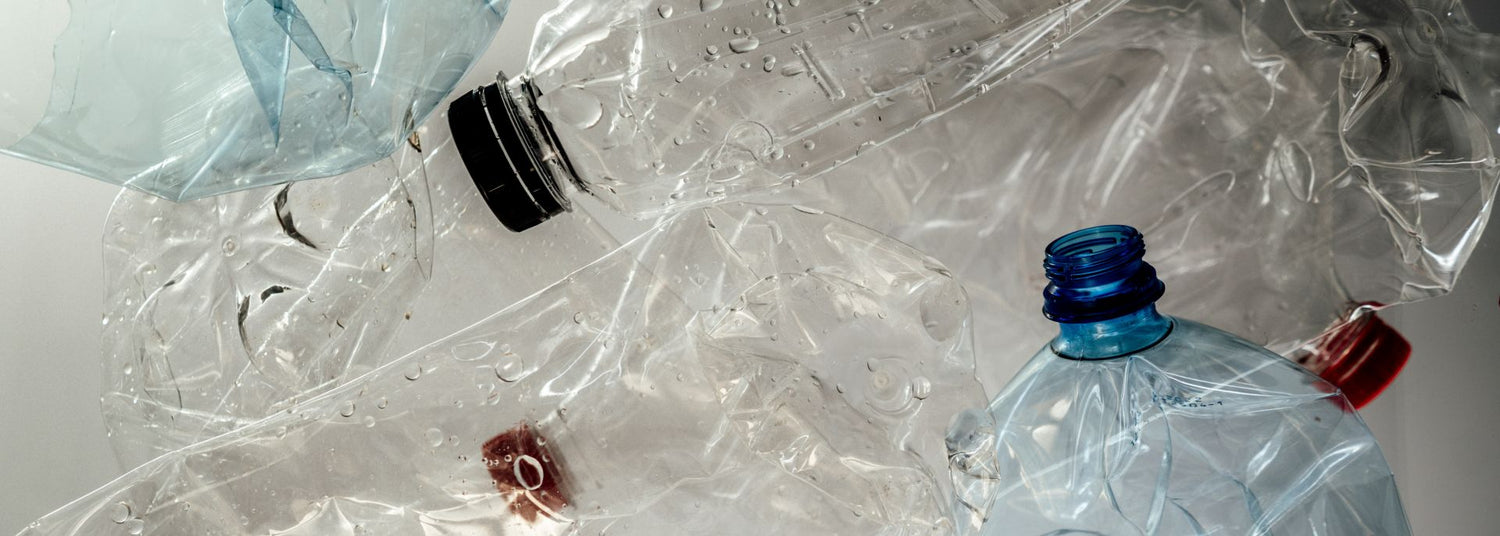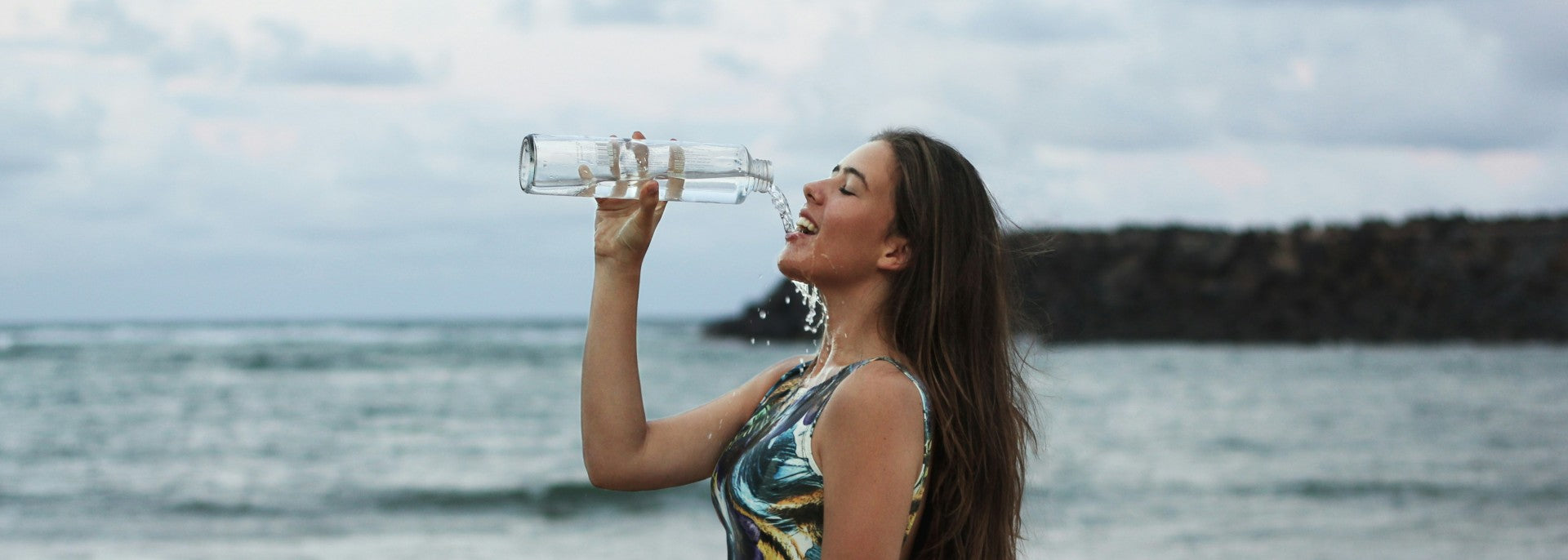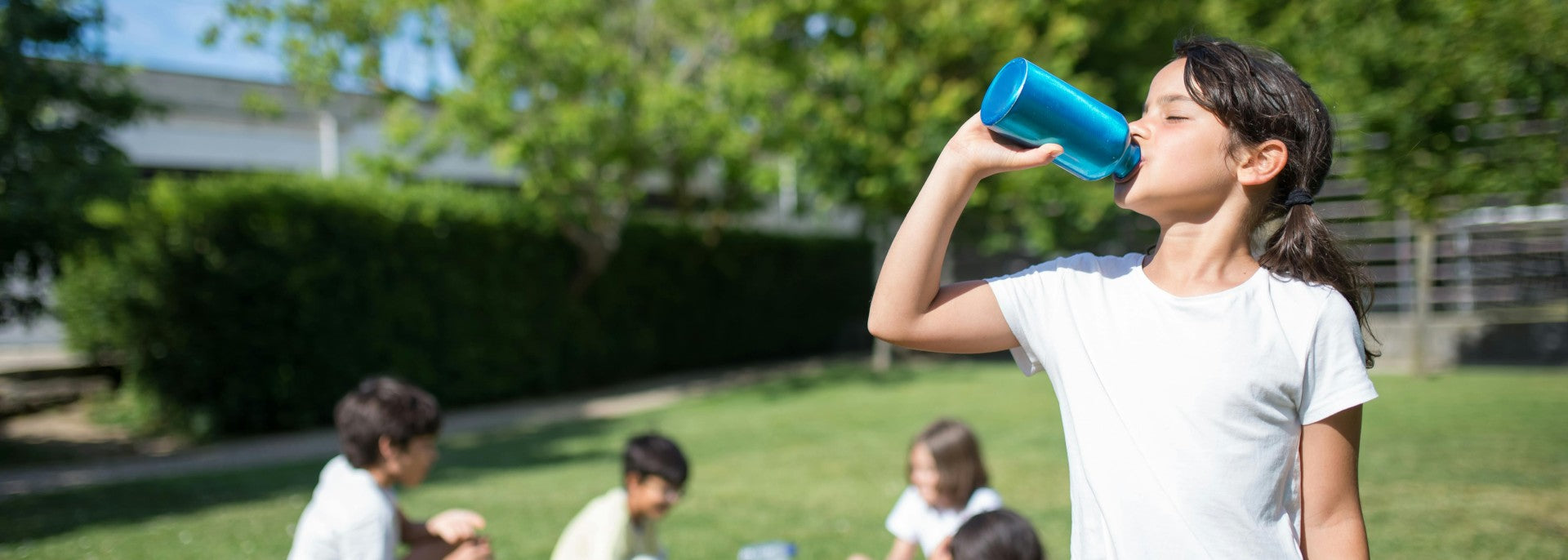And why it’s time for businesses to rethink what they’re really offering
Providing bottled water in the workplace might seem like a harmless convenience — but the science says otherwise. A recent study revealed that a single litre of bottled water can contain over 240,000 plastic particles. What’s meant to keep your team healthy could be introducing long-term health risks, procurement headaches, and ESG blind spots.
As awareness grows around microplastics in drinking water, companies are facing new scrutiny - not just from employees, but from clients, investors, and regulators. What was once a basic office perk is quickly becoming a symbol of outdated, unsustainable practice.
In this article, we break down what businesses need to know:
- The hidden dangers of plastic water bottles
- How microplastic contamination occurs (and why it’s worse than you think)
- The case for switching to sustainable, plastic-free hydration
- How forward-thinking organisations are already protecting their teams and reputations
If your company still relies on bottled water, it’s time to look again. This is more than a health issue — it’s a leadership opportunity.
Understanding the Science — Why bottled water isn’t as clean as it looks
The presence of plastic particles in our drinking water occurs at a scale that is hard to imagine. These particles come in two main sizes: microplastics, measuring less than 5mm, and their smaller cousins, nanoplastics, which are smaller than a single micron–a measurement so tiny it is difficult to visualise.
In that clear bottle on your desk, plastic contamination begins its journey long before you twist off the cap. Source water becomes tainted through environmental exposure, while manufacturing processes introduce additional particles. The bottles themselves, even sitting on store shelves, slowly degrade and release more particles into their contents.
A recent study by Columbia University found seven types of plastic commonly present in bottled water. These include PET (from the bottle), polyamide (from filters), and polypropylene (from the cap). The longer bottles sit , especially in heat or sunlight, the more particles they release.
Thanks to advances in detection technology, researchers can now identify nanoplastics using Stimulated Raman Scattering microscopy, revealing contamination levels 10 to 100 times higher than previously reported.
But the problem isn’t just the bottle. Airborne plastic fibres floating through production facilities can settle into the water during bottling — meaning even the most tightly controlled systems can’t eliminate exposure entirely.
And bottle degradation tells only part of the story. Like invisible snow, airborne plastic microfibres drift through manufacturing facilities, settling into water during production. This means even the most carefully controlled bottling processes cannot completely prevent contamination.
Potential health impacts on your workforce
The human body wasn’t designed to handle plastic, especially not at the microscopic level. Yet every bottle of water handed out in the workplace could be delivering thousands of plastic particles with each sip.
These particles don’t just pass through. Microplastics can carry harmful chemicals like BPA and phthalates - known endocrine disruptors that interfere with hormones and affect everything from metabolism to reproductive health. Nanoplastics, even smaller, can penetrate cell membranes and build up in organs, triggering inflammation and oxidative stress over time.
What’s especially concerning is that these plastics accumulate, much like mercury in seafood. With repeated exposure, the long-term health risks only increase — raising serious questions about the safety of bottled water in day-to-day office life.
Even low doses may be harmful. The EPA warns that “forever chemicals” like PFOA and PFOS, commonly found in plastics, can be dangerous at levels as low as parts per trillion. And as Dr. Anna Marie LaChance explains in a piece about plastic safety , some of these chemicals can mimic hormones so precisely that even a single molecule may trigger biological effects.
The business implications? Clearer by the day. Bottled water isn’t just an outdated sustainability issue - it could soon become a workplace health risk. With growing scientific evidence and increased awareness, continuing with bottled water programmes could expose businesses to avoidable liabilities and mounting employee concern.
Why businesses are taking microplastic exposure seriously — and what you can do about it
Microplastic exposure has become a key concern for forward-thinking organisations - not only for employee wellbeing, but for ESG performance, brand reputation, and long-term risk management.
ESG metrics now influence investment decisions. Companies taking action on plastic reduction stand out as lower-risk, future-focused businesses. It's a move that resonates with investors looking for environmental accountability and smart operations.
Hiring is shifting too. A growing number of professionals want to work for companies whose values align with their own. Addressing plastic waste shows you take environmental responsibility seriously - and helps strengthen your employer brand in a competitive market.
Consumers are paying attention. Many already make purchasing choices based on how brands approach sustainability. A visible commitment to reducing plastic waste can influence customer perception and open new market opportunities.
Regulations around single-use plastics are tightening. Organisations still relying on bottled water may face future compliance costs, ESG audit flags, or reputation risks that are avoidable with the right planning.
This is where Just Bottle can help. Our durable, reusable hydration products support your sustainability goals while eliminating the need for bottled water in your workplace. Branded bottles and insulated mugs not only reduce waste, they also reinforce your values internally and externally, every time they’re used.
Choosing the right solution now helps you stay ahead of regulation, reduce procurement risk, and support the health of your team, all while delivering long-term savings and measurable environmental impact.
Implementing a plastic reduction strategy in your business
Reducing plastic exposure in the workplace starts with understanding where it’s coming from. Begin with a simple audit of your operations — identify where single-use plastics show up most often, especially in drinking water, takeaway cups, and catering supplies. This gives you a clear baseline for tracking progress.
From there, build a phased rollout. Start by raising awareness: help employees understand the health and environmental risks of microplastics. Then introduce practical alternatives that make it easy to switch - and celebrate milestones along the way to keep momentum high.
Branded reusable products are a powerful part of the solution. Just Bottle’s insulated mugs and bottles are designed for daily use, and they serve more than one purpose. They help reduce exposure to plastics, show clear commitment to sustainability, and act as smart, functional marketing tools - ideal for onboarding, internal campaigns, or client gifts.
Employee engagement is key to long-term success. Run short, focused education campaigns that connect the dots between microplastics, health, and sustainability. When people understand both the reason for change and the role they play in it, they’re far more likely to get involved - and stay involved.
Turn a growing risk into a competitive advantage
The intersection of employee wellbeing, environmental pressure, and ESG performance isn’t a problem to avoid - it’s an opportunity to lead.
By moving away from bottled water and investing in sustainable hydration, your business protects its people, strengthens its brand, and sends a clear signal: we take responsibility seriously.
Just Bottle helps organisations take that first step - with durable, branded solutions that reduce plastic, build trust, and support long-term impact.
Lead with purpose. Protect your team. Start here.
Explore our reusable hydration solutions
FAQ's
Why is bottled water in the workplace considered risky?
Bottled water may contain hundreds of thousands of plastic particles per litre, including microplastics and nanoplastics that can harm human health over time. What seems like a convenience could be introducing long-term health and environmental risks.
How do microplastics end up in bottled water?
Plastic particles come from multiple sources: the bottles themselves, manufacturing equipment, airborne fibres in production facilities, and environmental exposure before bottling. Heat and storage conditions can also increase the amount of plastic released into the water.
What are the health effects of drinking microplastics?
Microplastics can carry harmful chemicals like BPA and phthalates, which disrupt hormones and may impact metabolism, fertility, and organ function. Nanoplastics are small enough to enter cells and accumulate in the body, potentially causing inflammation and other long-term health issues.
What can businesses do to reduce plastic exposure for their teams?
Companies can start by auditing their plastic use, especially in drinking water, and switch to reusable, plastic-free hydration options. Providing sustainable, branded bottles helps reduce plastic waste, supports employee wellbeing, and improves ESG performance.







